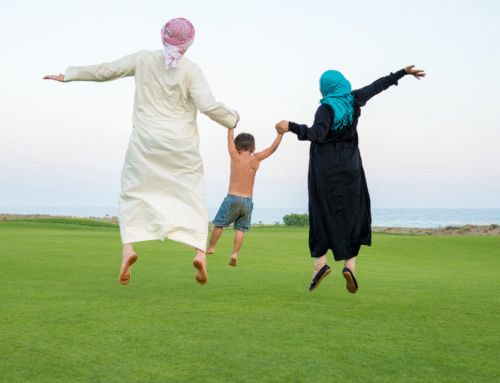Understanding Life as Part of the Majority
Growing up in Egypt, I lived comfortably as part of the majority, enjoying the familiarities and advantages that come with it. I blended in, with no need to explain myself or my name’s pronunciation. In social and cultural settings, I was simply one among many, shaped by the rhythms, beliefs, and customs that surrounded me. There was no need to explain my story because it was the story of those around me.
In sociological terms, majority and minority status go beyond numbers; they hinge on power, privilege, and access to resources. A majority group often sets societal norms and controls institutions, shaping what is considered “normal.” In such an environment, minority groups encounter systemic barriers, fighting for recognition and inclusion. Living as part of the majority provided me a sense of security, but it wasn’t until I moved to NYC that I understood the distinct challenges and lessons that come from being in the minority.
The Shift to Minority Status in NYC
In New York City, differences were impossible to ignore. Suddenly, I found myself in a world where race, nationality, religion, and even the pronunciation of my name became focal points. I was constantly called to define myself in terms of color, faith, and heritage. On every job application, school form, and social interaction, there were unspoken questions about who I was and how I fit into the puzzle of American diversity.
As a minority, navigating this landscape can bring both strength and struggle. For many, including myself, this journey becomes about balancing the desire to honor one’s roots with the reality of needing to adapt. We face pressures to assimilate while maintaining cultural practices and beliefs, living in a state of duality—belonging and yet, in some ways, not belonging.
Assimilation and Cultural Preservation
Assimilation is often framed as a positive journey toward inclusion, but for minorities, it can carry a pressure to conform, sometimes at the expense of one’s own cultural identity. Yet, in a city like New York, I also witnessed the beauty of cultural preservation. There are entire neighborhoods filled with familiar sounds, scents, and traditions, a mosaic of shops, restaurants, and mosques that bring a sense of home to those of us carrying a cultural heritage from abroad. These communities remind us that it is possible to be both American and Arab, both a New Yorker and an Egyptian.
Majority vs. Minority: Shaping Our Worldviews
Majority groups often shape societal expectations, policies, and cultural norms, sometimes unintentionally marginalizing minority perspectives. Minority groups, in contrast, experience the world from the outside, pushing for policies that acknowledge their experiences and contributions. In my book Osama’s Jihad, I explore this dynamic through the experiences of different generations, illustrating how cultural shifts affect individuals’ perceptions of identity, community, and belonging.
Transitioning Between Worlds
Experiences of transitioning between majority and minority status offer unique insights into identity and resilience. Living as a minority taught me about the importance of empathy, both for those in my own community and for other minority groups who face similar struggles. And transitioning from minority to majority, even briefly, offers a newfound perspective on privilege, the recognition that what feels effortless for some may be a battle for others. With this understanding, those of us with majority experiences carry a responsibility to advocate for equity and inclusion, using our voices to uplift others.
A Global Perspective on Identity and Inclusion
As we look at minority and majority dynamics across the globe, it becomes clear that identity shapes human experience, impacting access to resources, representation, and even one’s sense of self. For transnational individuals—those who carry identities from multiple cultures—the journey is often marked by a delicate balance of belonging and alienation. Education and media representation play vital roles in bridging these gaps, as accurate portrayals help dispel stereotypes and promote understanding.
Media representation, in particular, has had a profound impact on me. For years, it felt like defending against misrepresentations was a constant battle. But positive portrayals remind us of the diverse realities that shape people’s lives and help foster empathy across cultural divides. In our journey to create inclusive societies, accurate media and inclusive education are powerful tools to challenge biases and celebrate the richness of human diversity.
Living between two worlds, as both a majority and a minority, offers a rare and profound insight into the complexities of identity. As we navigate these cultural landscapes, we are given the chance to bridge divides, advocate for justice, and honor the experiences that make us who we are.


